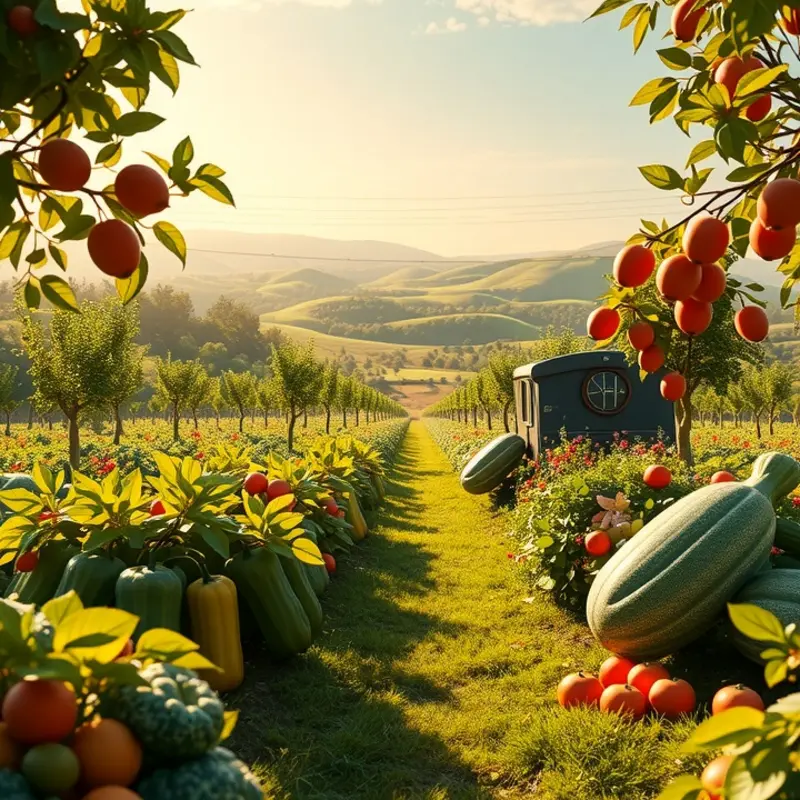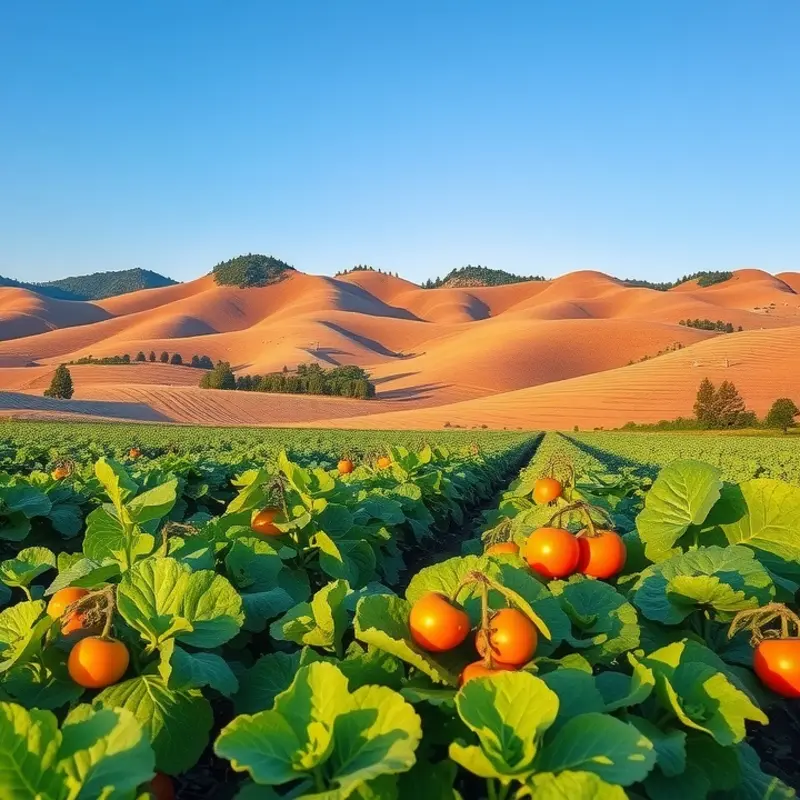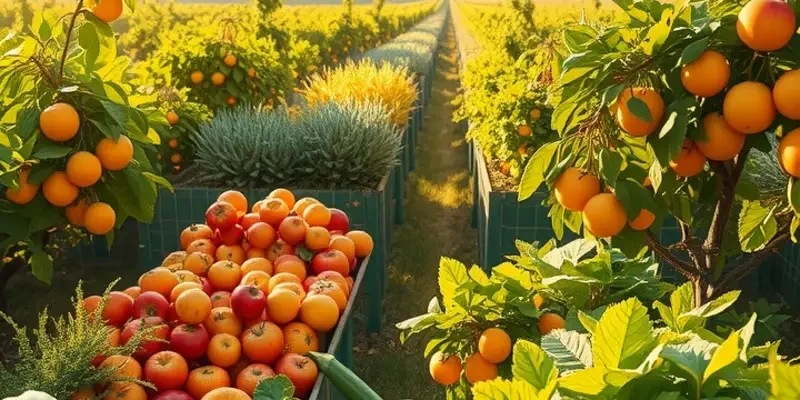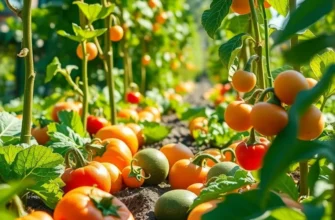Pastries are more than just delicious treats; they represent the heart and soul of cultures around the world. From flaky croissants in France to delicate mooncakes in China, each pastry tells a story shaped by history, ingredients, and community. This exploration of regional pastry traditions reveals not just delightful flavors but also the rich cultural tapestries they weave.
Beyond Borders: Culinary Stories Encased in Pastry

The world of pastry is a passport-less journey through history, tradition, and culture. Each pastry tells a story, often one of regional importance. The French croissant, with its iconic layers, exemplifies the artistry of lamination. Its technique, brought to culinary supremacy in France, originated in Austria as the kipferl. Key to its texture is the perfect blend of butter and dough, folded repeatedly to create its distinct flakiness.
In Italy, the cannoli embodies age-old traditions from Sicily. The sweet ricotta cheese filling might change with family recipes, but its crunch factor comes from the fried shell. Each bite is a testament to Sicilian ingenuity, using fertile local ingredients like ricotta and wine. Cannoli wraps elements of Italian pastoral life with a touch of opulence that was historically reserved for special occasions.
Baklava offers a sweet encounter with Middle Eastern flavors, originating millennia ago in the region known today as Turkey and Persia. Layers of filo pastry, nuts, and honey transport one to ancient kitchens where the combination of these ingredients symbolized luxury. Each region imparts its variation, like the use of pistachios in Iran, reflecting the wealth of the area’s nuts and the Persian love for finely crafted pastries.
Pastries not only represent culinary techniques but also narrate the intertwining movements of cultures and trade routes. The influence of spice trading is evident in pastries across Southeast Asia, where ingredients like cardamom and clove weave into traditional treats. Modern pastry chefs continue to experiment, blending age-old techniques with contemporary flavors, while still respecting their roots.
Pastry craftsmanship reveals the utilization of seasonal and regional ingredients, underscoring sustainable practices inherent in local food traditions. For example, during festive seasons, these pastry recipes evolve to include available harvest ingredients. The stories wrapped in pastries go beyond culinary achievement; they are snapshots of the cultural and environmental landscapes of their origins. Exploring these connections expands our appreciation for not just the flavors but the intricate tapestry of human culture and tradition.
For more insights into how trade routes influenced culinary practices globally, explore this article, which dives deeper into the historical exchanges shaping global food traditions.
Pastry and Celebration: Festivals of Flavor

Pastries have always been at the heart of cultural festivities, acting as sweet companions during special occasions. They encapsulate more than taste; they carry nostalgia, tradition, and communal joy. Among the ornate tapestry of global pastry traditions, Germany’s stollen, China’s mooncake, and the Middle Eastern maamoul stand out as beloved symbols of celebration.
German Stollen is a must-have during the festive season, particularly at Christmas. This traditional fruit bread, dusted with confectioner’s sugar, is rich in spices and generously filled with nuts and candied fruits. The history of stollen dates back to the 15th century in Dresden, where the indulgent bread symbolized the hope and anticipation of Advent. Each bite harbors warmth and connection, often shared among family and friends as snowflakes drift outside.
In contrast, mooncakes take center stage during the Lunar New Year in China. These intricately designed pastries are as diverse as the regions within China itself. Typically encompassing a rich lotus seed paste or red bean filling, mooncakes can also contain salted egg yolks, symbolizing the full moon. The meticulous process of crafting mooncakes involves a connection to one’s heritage, uniting generations in their preparation. They are not only a treat but a means to express blessings and gratitude.
Crossing over to the Middle East, maamoul is synonymous with religious holidays like Eid and Easter. These small, shortbread pastries filled with dates, nuts, or figs are often molded into intricate patterns. Preparing maamoul is a family affair that extends beyond culinary practice to become a cultural ritual. The buttery texture and vibrant fillings reflect the region’s culinary history and the unity shared during feasting times.
These pastries are treasured across different cultures, cementing their role as symbols of prosperity, peace, and togetherness in festive celebrations. They mirror the values of communal sharing and highlight the significance of food in maintaining cultural identities. Through each stollen slice, mooncake piece, or maamoul bite, we experience centuries of tradition passed down through generations.
For more on how trade has influenced such culinary traditions globally, explore this article.
Final words
The world of pastries is a delightful mosaic reflecting the diversity of cultures and their culinary narratives. Each pastry, whether sweet or savory, is a testament to the skills of the artisans who create them, embodying traditions passed down through generations. As you savor each bite from around the globe, remember the rich stories and cultural significance they carry. Pastries truly are an irresistible invitation to explore the culinary world, one delicious morsel at a time.








